Extinguishing  systems
systems
 systems
systemsWATER EXTINGUISHING
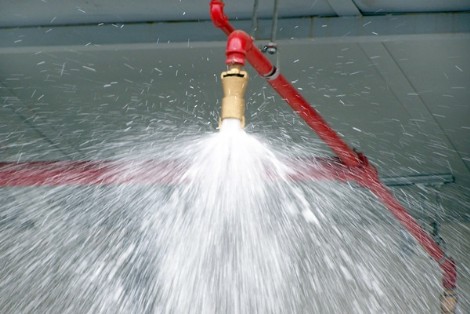
Water sprinkler extinguishing (spring-cabinet-hydrant) systems are the most preferred systems for extinguishing fire. As long as location characteristics allow, water fire extinguishing systems are one of the most effective systems in extinguishing fire.
FOAM EXTINGUISHING
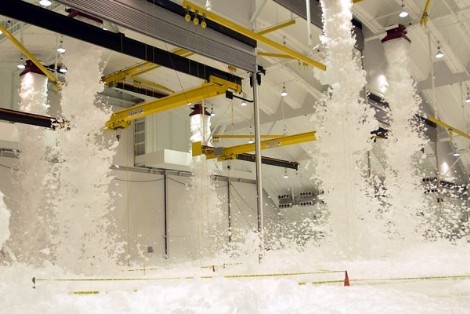
Foam extinguishing systems are designed automatically or manually. Foam is generally used in extinguishing systems such as foam sprinkler system, foam fire cabinets, tank extinguishing system, foam monitor system, foam generator.
GAS EXTINGUISHING
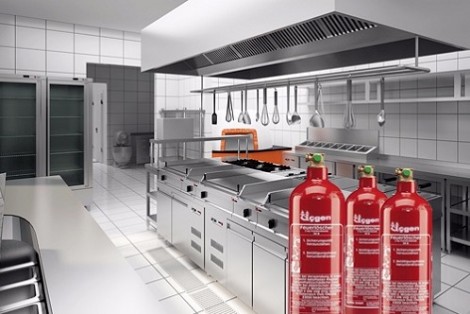
Gaseous (FM200-CO2-NAFSIII) extinguishing extinguishes the fire by both lowering the temperature of the environment and reducing the amount of oxygen in the environment below the combustion limit. They are widely used because they do not harm the areas where they are applied and offer flexible use.
ABOVE GROUND PIPING
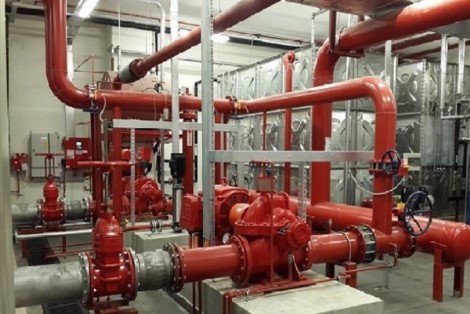
During the design phase of fire installations, making the necessary engineering calculations and designing them correctly according to the relevant standards and product features is of great importance in order for the systems to be efficient and effective in the event of a possible fire.
UNDERGROUND PIPING
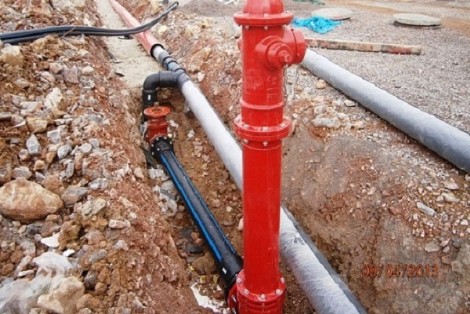
When HDPE pipes are unloaded, there may be nails, stones, etc. that may be found in the place where they are unloaded. Be careful with pointed objects. To prevent pointed objects from damaging the pipe, the ground should be covered with nails, stones, etc. It should be cleaned of sharp pointed objects and cushioned with sand.
FIRE DETECTION
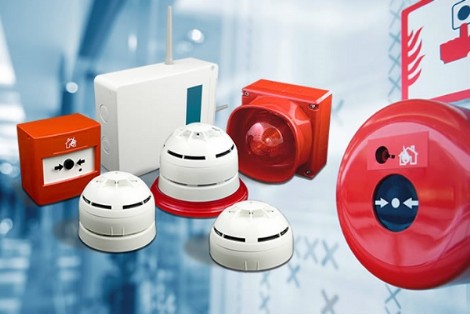
Addressable fire detection and alarm systems, which are frequently used in large and medium-sized projects and smart buildings, can report where the fire broke out. The central system to which smoke detectors are connected quickly detects fire and reports it effectively.
Housing - Residence - Office - Villa

Shopping Mall - Store - Restaurant

Hotel - Dormitory - Hospital

Industrial Enterprises




